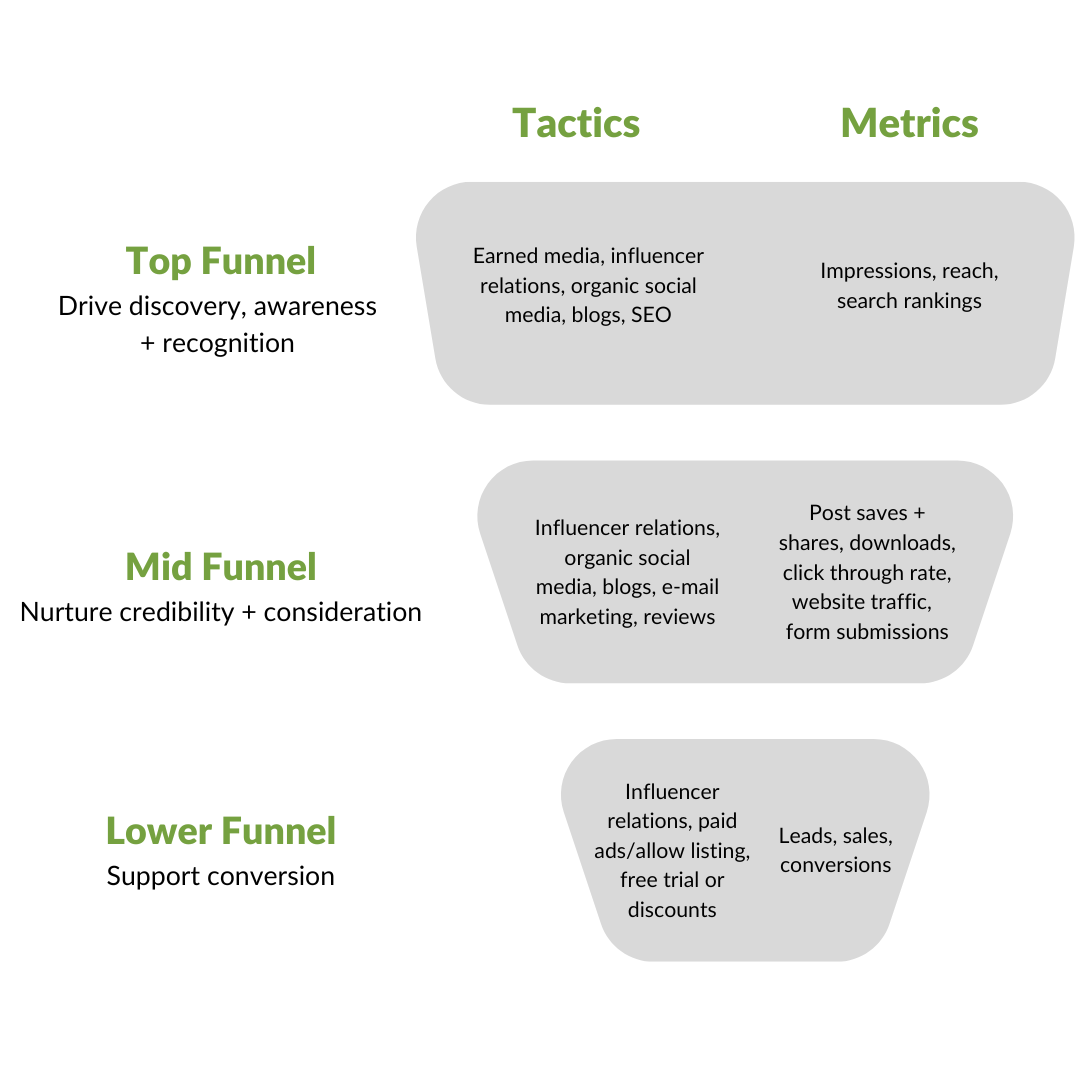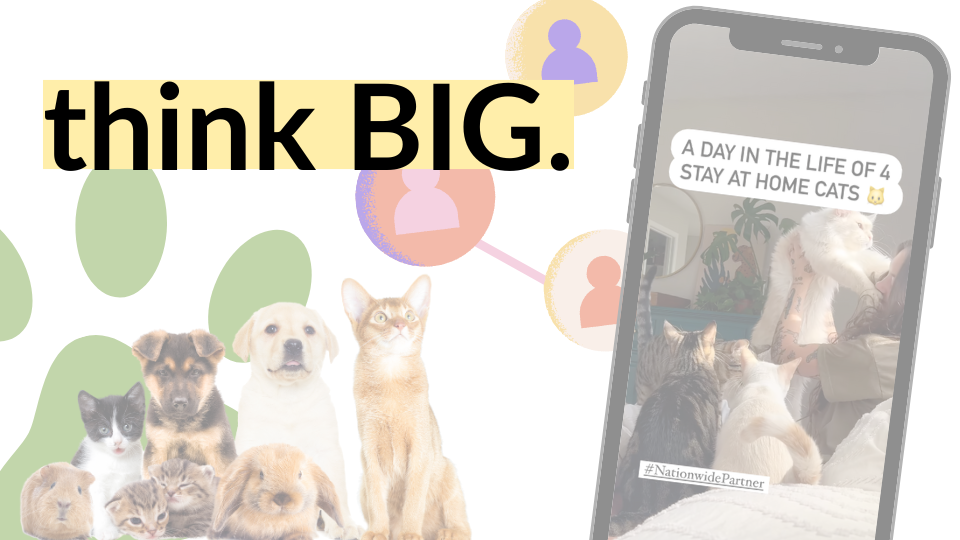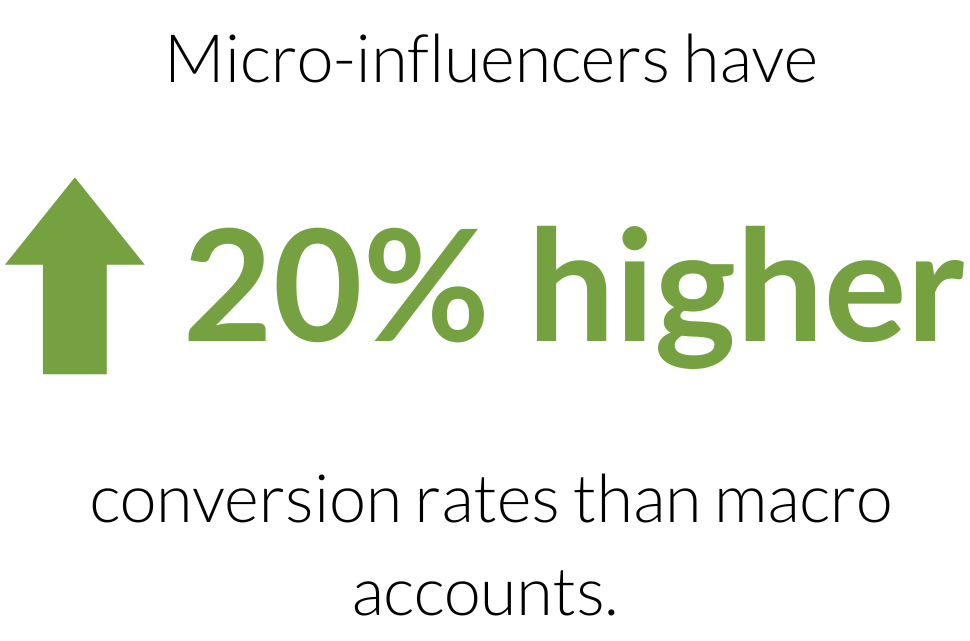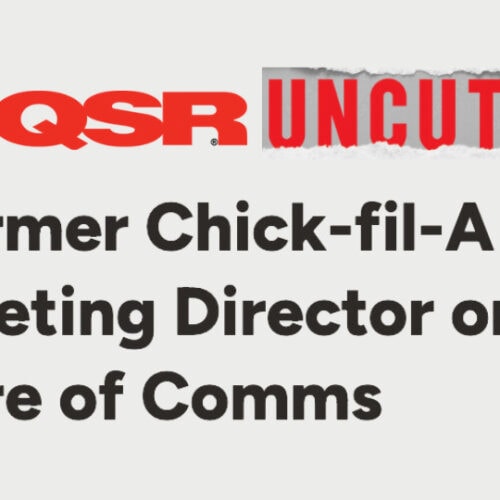Bold Brand Ideas: The power of niche creators: When pet accounts meet #finfluencers
Cash is king. But pets are the real rulers. Anyone with a 12-pound lap dog knows that.
Your finances and your furry friends hold unmatched power. They drive your financial and emotional health, requiring extreme care and intention. Navigating financial topics like insurance, retirement and wills can be paralyzing, especially for younger generations who are #adulting for the first time. Deciding what’s best for your pet can be equally overwhelming.
Gen Z are five times more likely than those 41+ years old to look to social media for financial advice. Pet accounts often average engagement rates above 10% – when the average influencer has a 1-3% engagement rate. These two truths unveil a unique opportunity for pet insurance companies.
Cue: our Fortune 100 insurance company client. They were early adopters of finance influencers and are leaning into the influence that pet creators hold.
Across campaigns, they partner with niche creators and often see 75% higher engagement rates than the financial industry average.
And that’s because niches are where the riches are.
Niche influencers have positioned themselves as trusted sources on specific topics. They often don’t promote products they don’t personally use, so they’re incredible credibility bridges for brands. Niche accounts often have smaller followings, but their followers make up a tight-knit community primed to act. Consider:
Although mega influencers make for a star-studded strategy, niche creators – like pet accounts or finfluencers – can be incredibly effective. Learn more about other influencers you can’t afford to ignore.
Industry Insights: “I read a news report…” me when referencing a TikTok
In the last 3-5 years, media consumption and sources of influence have undergone a massive shift. This shift is shaking up strategies and forcing marketers to rethink their paid, earned, shared and owned (PESO) mix – especially for brand building campaigns.
Traditional newsrooms are grappling with financial challenges that have resulted in downsizing and reduced resources. Today’s newsrooms are lean with fewer journalists, editors and photographers. With fewer staff and resources, the quantity and depth of coverage have inevitably declined. In an era where transparency and accountability are critical – and quite frankly, demanded – by consumers, a shrinking newsroom means less coverage; and new sources have filled the gap.
Alt content sources – like podcasts, social media, Substacks and influencers – have risen to prominence. They reach consumers with bitesize news that’s tailored to their interests – thanks to AI’s algorithms.
Social media platforms – for better or for worse – are littered with information and are where younger groups like to consume news. Platforms like TikTok, Twitter (are we calling it X now?), Instagram and LinkedIn have revolutionized the way news is consumed. The speed and reach of social media are unparalleled, making it a powerful tool for real-time updates. TikTok is even becoming the new Google for Gen-Z. While showing up on Google search is still important, it may be equally important for brand news and thought leadership to live on TikTok.
We also can’t forget influencers’ roles in this new ecosystem. Content creators have become trusted opinion leaders in their respective niches, serving as sources of inspiration and insight. Journalists are also turning to the #influencerlife, ditching newsrooms and posting their stories on monetized platforms like Substacks.
So what does this mean for brands? It means that top-tier, homerun media coverage – like mentions in the New York Times or features in Forbes – are fewer and farther between. It also means those features may not even carry as much weight as social-first platforms. Brands must take a critical look at where their audiences consume news and who they trust to determine a content strategy.
Goals: Measuring the magic mid-funnel
The mid-funnel is the equivalent of marketing’s middle child. Despite its crucial role in nurturing interested customers, the mid-funnel is often overlooked and underinvested in. This oversight has led to the problematic mid-funnel gap.
The mid-funnel is where the fun happens. It’s the sweet spot where customers move from passive to active. The top funnel’s awareness tactics have primed them, and now they want to learn more. They’re interested but need validation before committing. Ignoring the mid-funnel can result in disengaged customers who could have converted but lacked the extra insight needed.
For example, third-party credibility from influencer campaigns, user-generated content, real customer reviews and organic social can expedite conversion timelines. These tactics shouldn’t have direct asks or be seen only for their immediate conversion values; rather, they should serve as helpful resources that guide your customers further down the funnel. Consider:
- 81% of users turn to Instagram to research products and services.
- 77% of consumers will choose a brand over the competition after positive social interactions.
- 70% of consumers factor influencers into decisions.
- 60% higher CTR expected with the use of user-generated content.
These stats are the middle funnel in action.
We’re often told by senior marketers that their goal is leads – which makes sense. Businesses make money through sales. But when we hear this, we always ask, “How are you moving customers to the conversion stage?”
It’s easy to think that lower funnel tactics, such as targeted paid ads, are a magic bullet. But the real magic starts at the top and is nurtured in the middle. The best campaigns have defined top, middle and lower funnel tactics that make for a seamless customer journey.
Consider this funnel and metrics to measure at each stage to truly gauge your campaign’s performance:

Note: Some tactics, like influencer relations, can play a pivotal role in each funnel. See the first section of this blog.
The main takeaway is this: each part of the funnel plays a critical role in the buyer’s journey, especially in today’s fragmented content world. Multiple tailored touchpoints are key for discovery, consideration and conversion.
What metrics do you track? How do they ladder up to your business goals?
Fill out the form below to be notified when our next Think BIG blog publishes.







